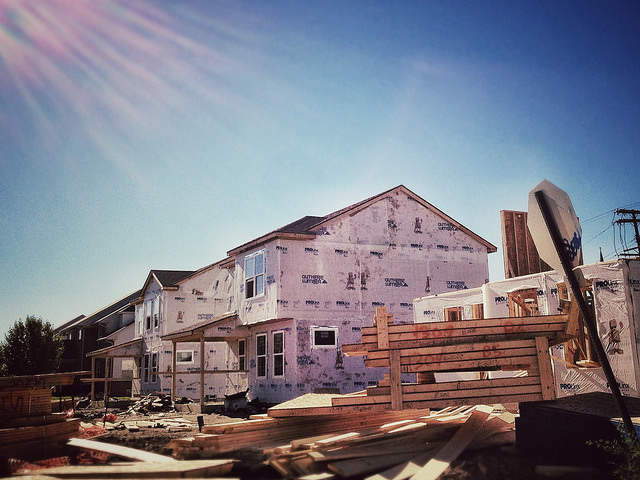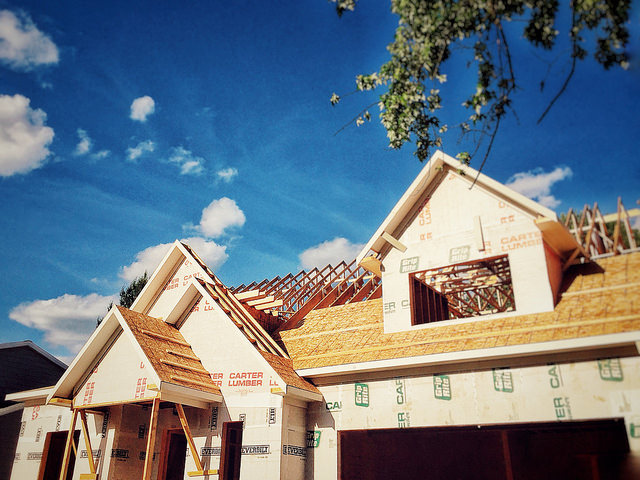According to the Mortgage Bankers Association’s Weekly Applications Survey, average mortgage rates were largely flat last week, with little significant movement on rates for 30-year fixed-rate mortgages with both conforming and jumbo balances, loans backed by the Federal Housing Administration, and 15-year fixed-rate loans. But though rates remained steady, demand for mortgage applications fell from the week before. Michael Fratantoni, MBA’s chief economist, told CNBC the drop in application demand was driven by buyers seeking jumbo loans, rather than entry-level home buyers. “We’re seeing indications that entry level buyers continue to come into the market as jumbo borrowers looking at bigger homes step back,†Fratantoni told CNBC. “Last week, the average loan size for home purchase dropped to its lowest level since January.†Despite last week’s drop, however, application demand for loans to buy homes remains 8 percent higher than it was at the same time last year. The MBA’s weekly survey has been conducted since 1990 and covers 75 percent of all retail residential mortgage applications. More here.













